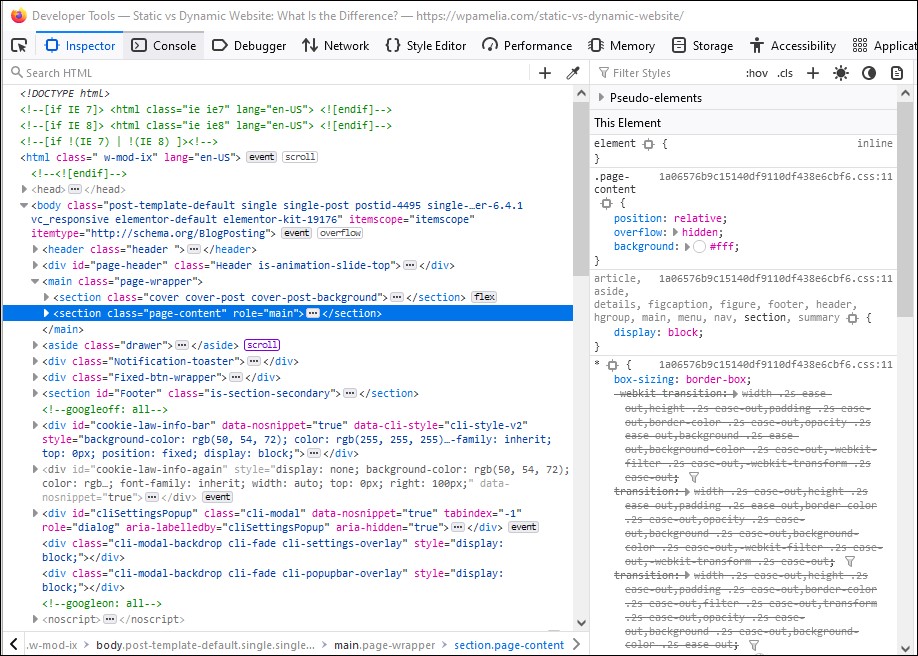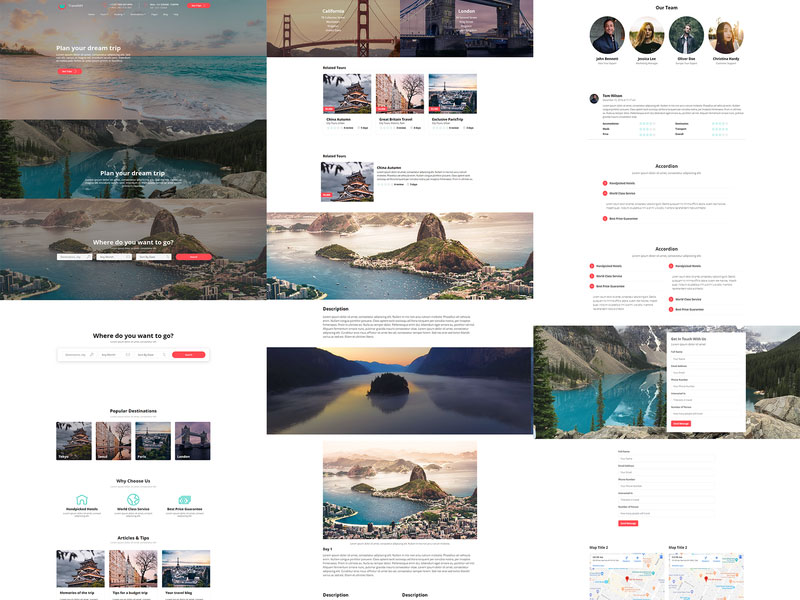Differences between static and dynamic websites
There are 2 different types of websites, static and dynamic. Static websites, usually written completely using HTML, are sites which has a fix content and every user will receive the display of the same content. Whereas, a dynamic website, which make use of advanced programming and databases in addition to HTML, is one that can present different content and offer user interaction. With that being said, static websites are easier to build, while dynamic websites need more work.
Static vs Dynamic

Technicality
Building a static website can be done easily just by using plain HTML since static websites only have fixed content. User can only interact with a static page by clicking hyperlinks and filling up forms.
On the other hand, dynamic websites are ultimately based on HTML and CSS as well, however, it still need server-side scripting to make it functional. The basic design elements are generated by HTML coding, while server-side languages are used to handle events and coordinate activities that may occur on the dynamic website.
Coding
The client does not have to use complex software programs to build a static website. In addition to Notepad, some knowledge in HTML and CSS should be sufficient to build a simple static website. Static pages contain elements such as elements of text and multimedia. It’s not as advanced as a complex website, but it’s not as bad either. Every time you visit the website, users will see the same template and content unless you manually alter the source code.
A dynamic website can produce content and view it based on the users ‘ behavior on the page. The user’s preferences change what is shown to them, which can be an intricate process based on the website’s sophistication. In addition to strong technical skills in server-side language programming, a special editor, such as IDE (Integrated Development Environment) is required to build dynamic websites.
Which to pick?
If you already own a website, you can say if it is static or dynamic by seeing if the website is interactive or if it contains only material that is intended to be read or written. If you want to create a website, you need to make your choice based on the site’s intent and the resources available to you.
Many people prefer flexible websites because they are easier to maintain in the long run, they enable efficient data management and you can extend them with additional functionality in the future. If you want the website to be complex and highly functional, your go-to choice should be a flexible website. The downside is they take longer to build, and there are higher initial costs. CMS platforms like WordPress, however, will enable you to launch your own dynamic website without much trouble.
Static websites are intended for those who want to construct strictly information websites, such as the brochure-ware site of a company. The pages will not change as there are no choices the user can make. The material is non-interactive and read-only. Notwithstanding this, simple static websites can still look great and accomplish their task of educating users effectively.
To sum up, the decision you make on your website should be based on what you want. Dynamic websites offer even more possibilities, while static websites are more limited yet really easy to create. Make your choice wisely, taking into account the site’s expectations.
If you’ve enjoyed reading this post, you should also read about methods to get your website ready for 5G.

